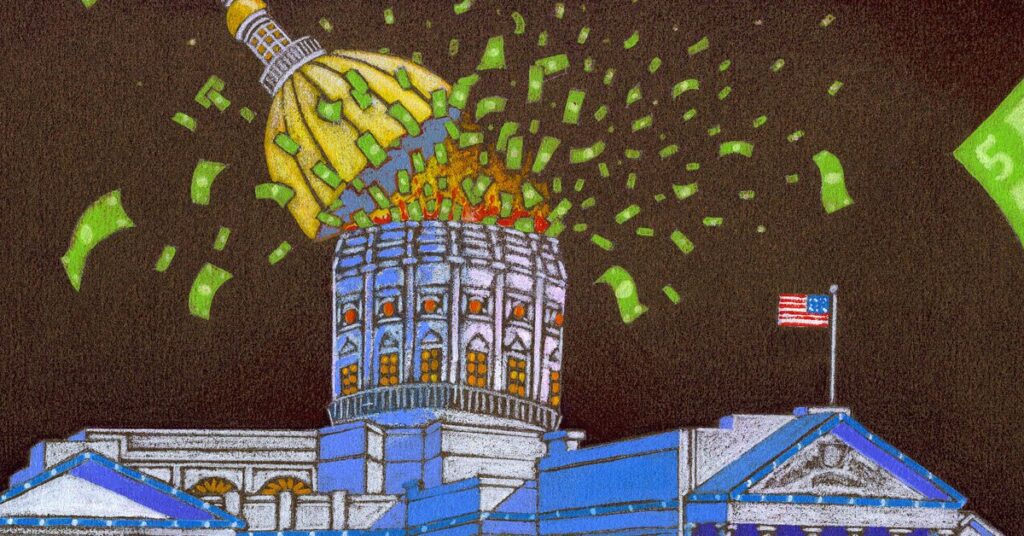Nobody knows exactly what will happen to the economy if the United States breaches the debt ceiling, though every possible option ranges from mildly bad to total and complete disaster to the tune of trillions of dollars. As the clock ticks on negotiations, it’s getting increasingly likely that we may get to see the consequences live and in color.
The debt ceiling is a federally imposed limit on how much debt the federal government can rack up, how much money it can borrow to pay its bills. It has been in place since 1917. Every time the government gets close to that ceiling, Congress needs to raise it and say it’s okay to keep taking on debt. It’s done so nearly 80 times since 1960.
Sometimes, these debt ceiling increases come with a bit of drama. In 2011, the US came within 72 hours of defaulting on its debt, and now, once again, the country is on the brink of screwing this all up unless Republicans and Democrats in Washington come to an agreement on what to do. Democrats and the White House would like to lift the ceiling without any strings attached; the GOP really wants strings. (Vox has a full explainer on the debt ceiling here.)
So, the US is ambling — or hurtling — toward the so-called “X-date,” when the Treasury Department really finds itself in a bind and can no longer meet its obligations. When precisely X-date will happen is not clear — probably in early to mid-June — and what exactly X-date entails is also not clear. But it’s not good for the country or the economy.
“It really depends on how long the breach is and what agreement is reached to end the breach,” said Mark Zandi, chief economist at Moody’s Analytics. “The longer-term consequences of a breach are significant … so not breaching is really quite important.”
In other words, it would definitely be best if Congress and the White House did not, as the meme goes, fuck around and find out. But they might.
The US…
Read the full article here





